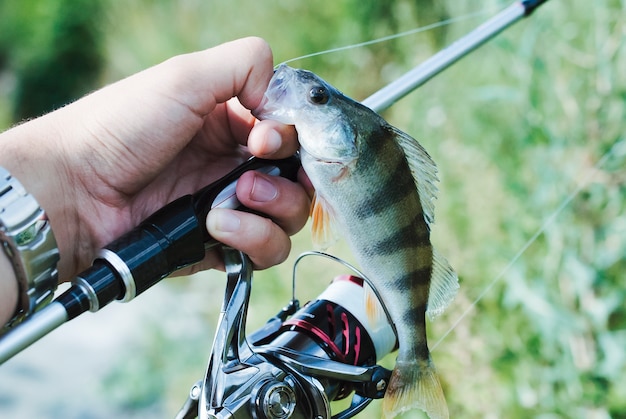Copper Weathervanes – History & Culture

Copper weathervanes are the most popular of all weathervanes. Also referred to as wind vanes, they have been a source of decoration long after their functionality seemed outdated. Many of people still use them to spruce up their gardens or homes.
Copper weathervanes, for a lot of people, are considered pieces of art these days and often are displayed like paintings rather than farm equipment. They come in many different shapes and sizes. The classic ones usually take the shape of roosters, horses, pigs, and other barnyard animals.
The origin of these fixtures is somewhat disputed among enthusiasts. A lot of impeccable craftsmanship turned up in the United Stated, although, the first one traces back to Athens. The Sea God Triton was placed atop the Tower of Winds in Athens. During the Ninth century Vikings use to put them near the mast of the ship to increase their confidence in unsavory sailing conditions. Not until following the French revolution was it common place for people to have them on their homes.
Early American settlers adapted them to their new land, but these days there are an increasingly growing number of people who collect them. Depending on the collector and the craftsmanship of the piece, copper weathervanes are quickly growing in value. Soon they will be all that’s left to purchase in the market, as historical wooden wind vanes are rapidly being acquired by enthusiasts and collectors alike.
Most early American copper weathervanes were very plain and simple. As the popularity started to increase more elaborate designs started to develop. Recently one sold for as much as 1.2 million dollars, due to its history standing atop an American train station.
Quite often copper weathervanes are in the shape of cockerels and called weather cocks. Modern ones are fastened with an anemometer. An anemometer is wind speed measuring device. Precise measurements come from a propeller for wind speed and a tail for direction. The Guinness World book of records stated the largest weathervane is located in Jerez, Spain.
Wind vanes use to be made out wood but when people craved something that would hold to the elements a little better, in came copper. Copper weathervanes are traditionally made by creating a wooden mold, followed by cast of iron. Coppers sheets would then be hammered in the molds to create the design. The most difficult method of creating them is to hammer sheets of copper by hand to create the piece. This method is often the most prized by collectors due to the fact that they are all unique and one a kind. Ever since humans have farmed land wind vanes have existed.
Copper weathervanes are used for everything from actually predicting wind patterns to advertising. Long ago many wealthy business owners would place them atop their building to advertise. So, if you want a versatile, decorative fixture, you have definitely just found one.



